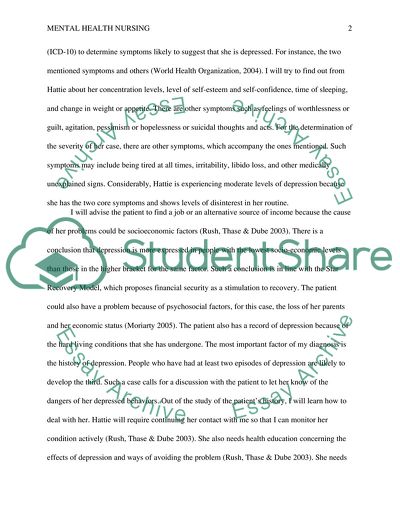Cite this document
(“Supporting People with Depression Essay Example | Topics and Well Written Essays - 2500 words”, n.d.)
Retrieved from https://studentshare.org/nursing/1676534-case-study-assignment
Retrieved from https://studentshare.org/nursing/1676534-case-study-assignment
(Supporting People With Depression Essay Example | Topics and Well Written Essays - 2500 Words)
https://studentshare.org/nursing/1676534-case-study-assignment.
https://studentshare.org/nursing/1676534-case-study-assignment.
“Supporting People With Depression Essay Example | Topics and Well Written Essays - 2500 Words”, n.d. https://studentshare.org/nursing/1676534-case-study-assignment.


